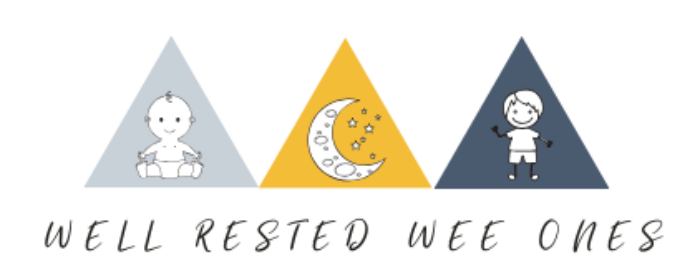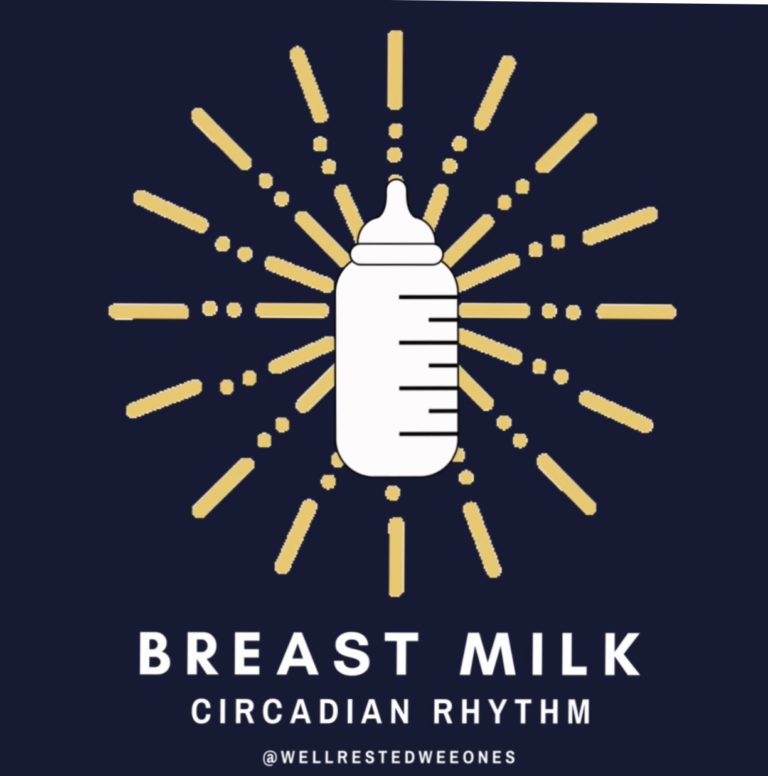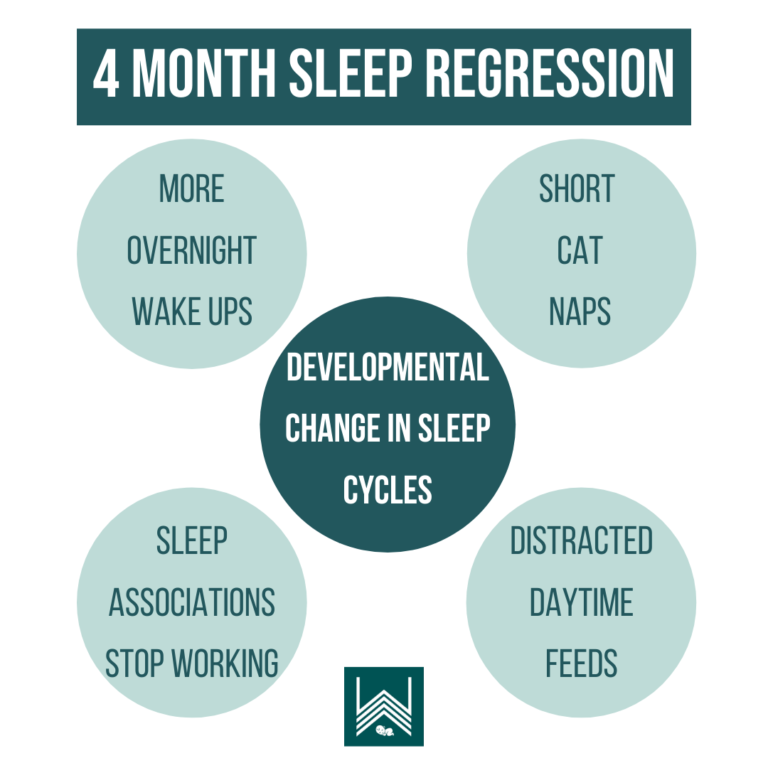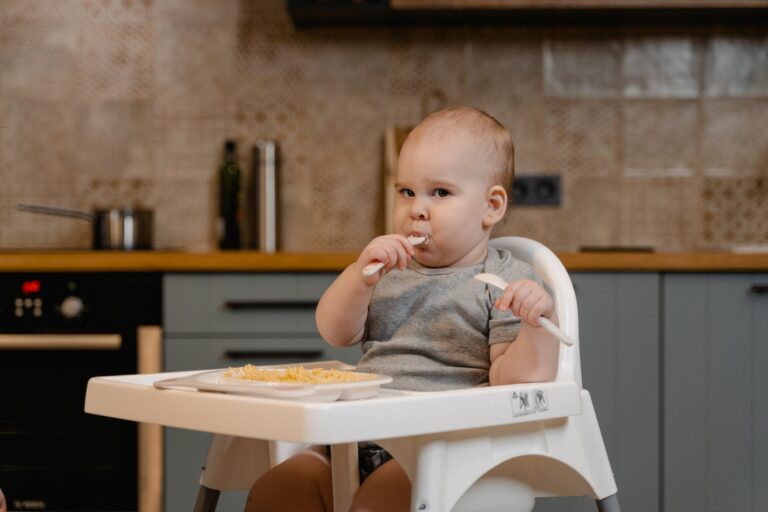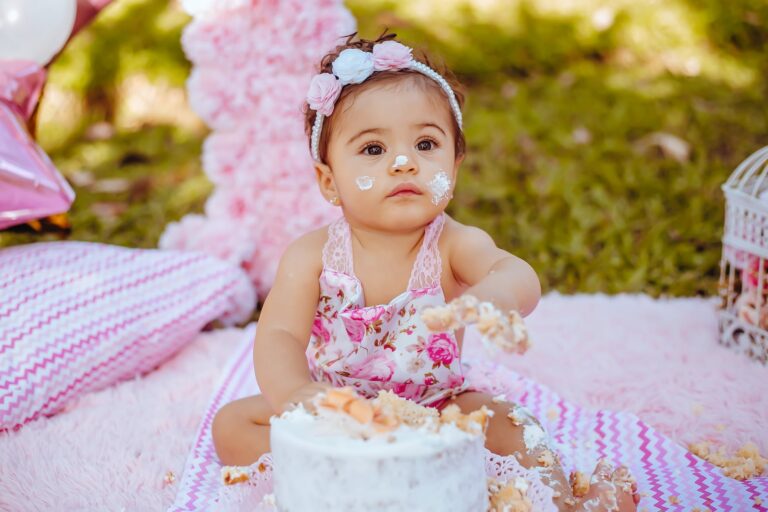The Pacifier and Sleep
The pacifier is an absolute lifesaver when it comes to sleep in the first few months of life!
I honestly don’t know how I could have gotten through some of those long days and nights of crying without the pacifier even after feeding, burping, and changing my boys only to continue with more crying. The reason the pacifier is so helpful is that babies love to suck, you’ll even see ultrasound pics of babies sucking their thumbs! It’s an innate reflex that allows your baby to relax and calm down. And because they don’t have the developmental skills yet to self soothe, the pacifier acts as a calming mechanism.
Nonnutritive sucking has been shown to have many benefits including calming and relaxing a fussy baby, improvement with sleep, and reduces the risk of SIDS in the first year of life!
So, regardless of whether you are breast of bottle feeding stock up on those cute pacifiers during the newborn phase because your baby is going to need a lot of help from you in the soothing department!
A few of my favorites include: Ryan and Rose, Wubbanub, Bibs.
What Happens After the Newborn Phase?
You may find yourself re-evaluating the pacifier situation once your baby is between 4-6 months of age. Sure, it can calm a fussy baby during the day, but it can also cause new sleep disruptions as your baby’s sleep patterns begin to change.
Around 4 months, your baby goes through a HUGE developmental leap or progression. At this age, your baby is learning how to roll, using their voice, exploring the world with their hands, and becoming more aware of their surroundings.
Sleep cycles also begin to change and mature
What Does That Mean?
What this really means is that your baby is spending less time in a deep sleep state and cycles through normal stages of sleep like you or me. As adults, we briefly wake throughout the night by rolling over or fluffing our pillow before going into the next sleep cycle. If you rolled over and your pillow was gone, you may have trouble falling back asleep.
Your baby is now going through these same stages and will briefly wake during the lighter stages of sleep. If she wakes and finds her environment is different than how she fell asleep she may cry for your help to fall back to sleep.
Example: You put the pacifier in to help your baby fall asleep, but the pacifier falls out in the middle of the night and then they briefly wake to realize the pacifier is not in their mouth anymore! They will cry for you to come to replace it to fall back asleep. Then repeat 5, 10, 50 times overnight!
Previously, you may have been able to put the pacifier in their mouth, rock, or feed your baby for a few minutes before putting her in the crib and she would stay asleep without a peep! During this transition period, you may try to follow your same routine but your baby wakes and cries as soon as the pacifier falls out! And then you start to play the pacifier dance of repeating over and over again. And the cycle repeats itself anytime your Wee One wakes overnight.
If this is the case it’s time to step back and evaluate…
Is the pacifier the only way I can get my baby to sleep?
Is my baby waking up multiple times overnight now because the pacifier keeps falling out of their mouth?
Is my baby now at a point where they can learn to self-soothe without a pacifier?
If you answered YES to any of these questions and you’re exhausted, then I recommend transitioning away from the pacifier which means
Sleep Training!
Removing the pacifier during sleep training allows your baby to learn how to fall asleep without any help from you!
YES, this is a skill that your baby needs to learn!
YES, your baby is going to protest because they are learning a new skill, but this new skill will promote longer more restorative stretches of sleep for both of you.
And when you sleep well, you feel well. That’s a win-win!
My personal approach to removing the pacifier during sleep training is to go cold turkey. The wonderful thing is that if you remove the pacifier between 4-6 months of age, your baby will have no memory of using it! Babies are resilient and adapt quickly to change. Rest assured they will find new ways to self soothe! Sucking a thumb, a finger, rubbing their face or hair are all common self-soothing mechanisms! Whether you go cold turkey or gradually remove the pacifier over the course of a week at bedtime, it’s a change that will take a few days to get used to! The short term adjustment period far outweighs many months of playing the pacifier game!
What if my baby uses a pacifier and it doesn’t cause any sleep issues?
If you can put your baby to sleep with the pacifier and they don’t have any other sleep issues because of it, then it’s your choice on whether to keep it or not! However, I do recommend removing the pacifier after 6 months, as it becomes an emotional attachment after this age and becomes harder to transition away from the longer you wait.
It has also been shown to increase the risk of ear infections, dental problems, and speech delay with prolonged and frequent use outside of sleep after one year of age!
If your Wee One is facing sleep issues due to the pacifier and you need help with a plan, book a consultation to chat and find a solution for your family!
Did you Enjoy this post? Subscribe to receive updates and special promotions!
I promise I won’t spam you!
Please Share this Post with a Mama!
